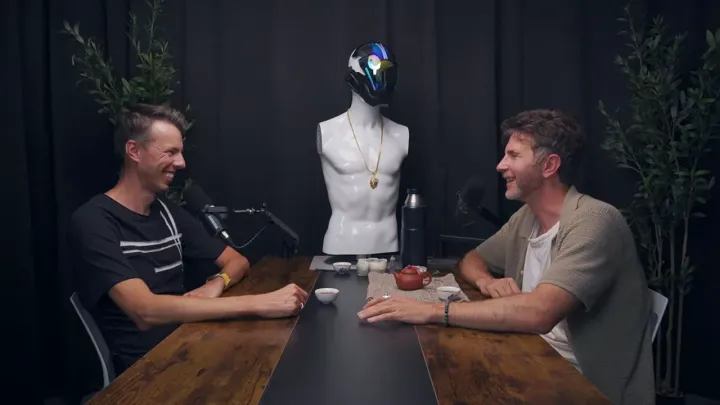Exploring Brain Health, AI, and New Beginnings with Dr. Hanna Aliashkevich
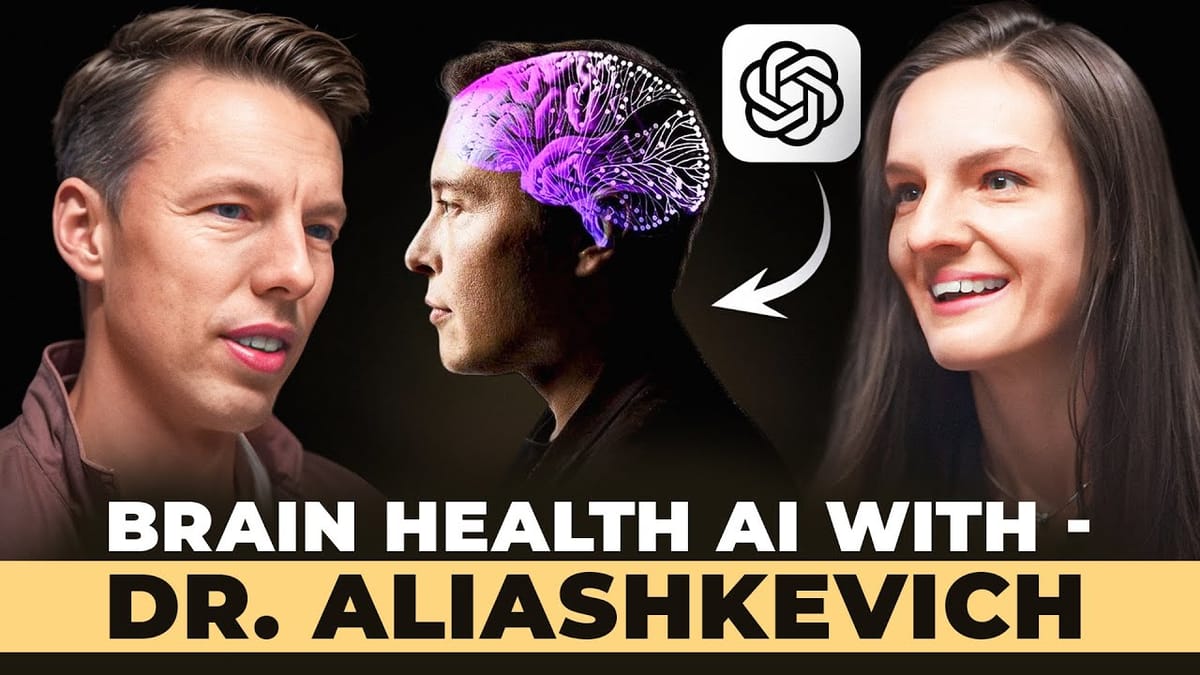
This article is based on a conversation presented by Immigrant Boost Club featuring Dr. Hanna (Anna) Aliashkevich — a former neurosurgeon turned neuroscientist, biotech founder, poet, and immigrant building a new life and career in the San Francisco Bay Area. The discussion traces her journey from clinical neurosurgery in Europe to research and entrepreneurship in Silicon Valley, and explores the intersections of brain health, neurotechnology, AI, and resilience.
Who is Dr. Hanna Aliashkevich?
Dr. Hanna Aliashkevich trained and practiced as a neurosurgeon for more than a decade, focusing on brain tumor surgery, spinal surgery, and reconstructive neurosurgery. After moving to the United States, she transitioned into neuroscience research and now works at a Bay Area biotech focused on longevity and brain aging. She is also the co‑founder of PigPug Health, a health‑tech startup developing AI‑driven neurofeedback solutions for children with ADHD and autism.
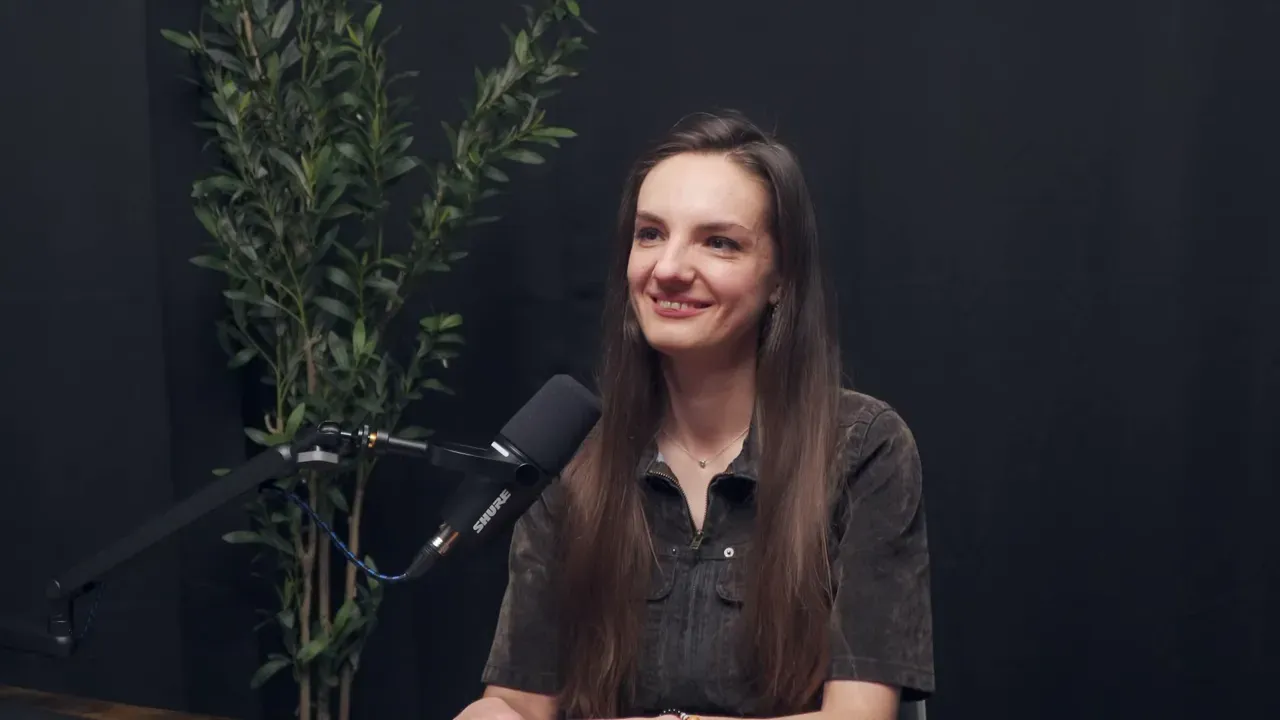
From First Visit to a New Life in California
Hanna’s relationship with the United States began 16 years ago through a Work & Travel student program. She remembers arriving barely able to speak English yet finding multiple jobs, saving money, and discovering California: “love from the first sight.” That early experience seeded a dream to return.
Years later she applied for—and won—a grant for neurosurgical training in the U.S., arriving on a tourist visa to train in endovascular neurosurgery. A transatlantic flight reading about the future of medicine and brain‑computer interfaces felt, she said, like “travel in a time machine” to the future.
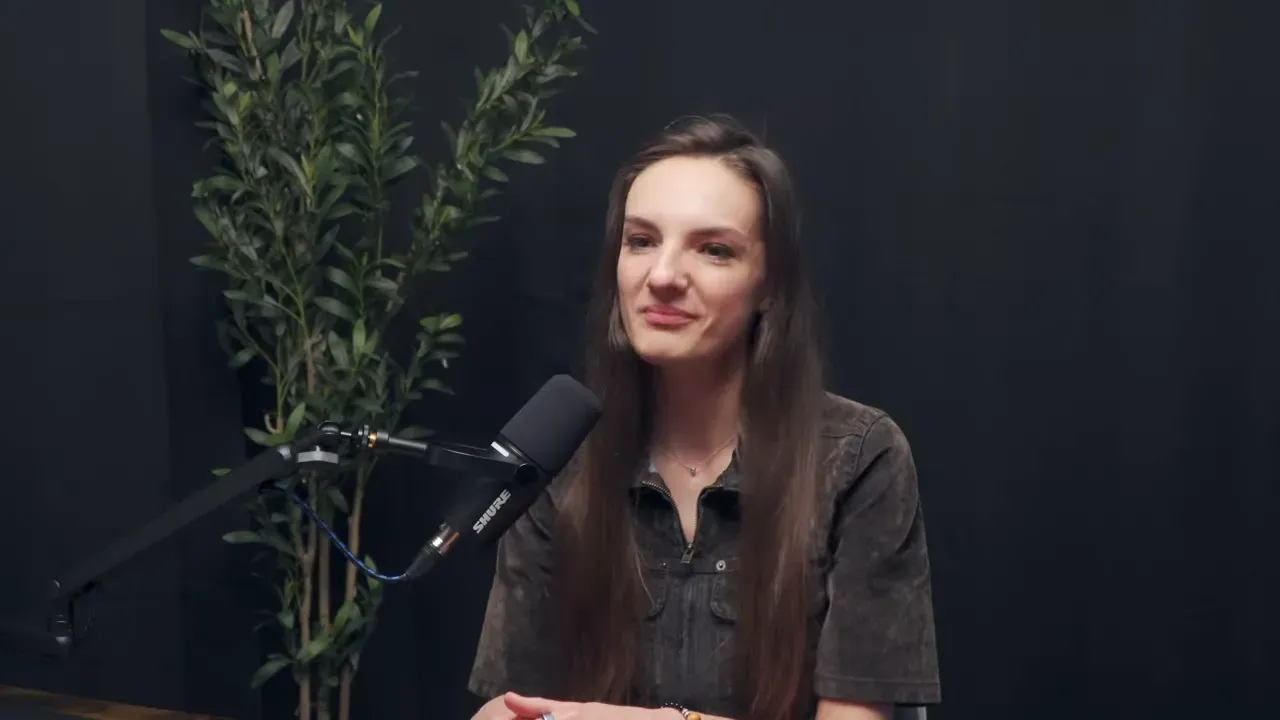
Reframing Aging: Ratfest and a Different Mindset
After training, Hanna attended Ratfest, a longevity conference that challenges the idea that aging and death are fixed, natural endpoints. That was a turning point: she moved from environments focused on survival to a community thinking about life extension and radical longevity. The mindset shift — viewing aging as a treatable problem — helped orient her career toward longevity research and neurotechnology.
Reinventing a Career: From OR to the Lab and Startup Life
Leaving a long clinical career could have felt like losing identity. Instead, Hanna discovered new scientific passions: growing neurons from stem cells, performing genome editing with tools like CRISPR, and designing experiments in vitro. She embraced a reinvention few would expect from a practicing neurosurgeon.
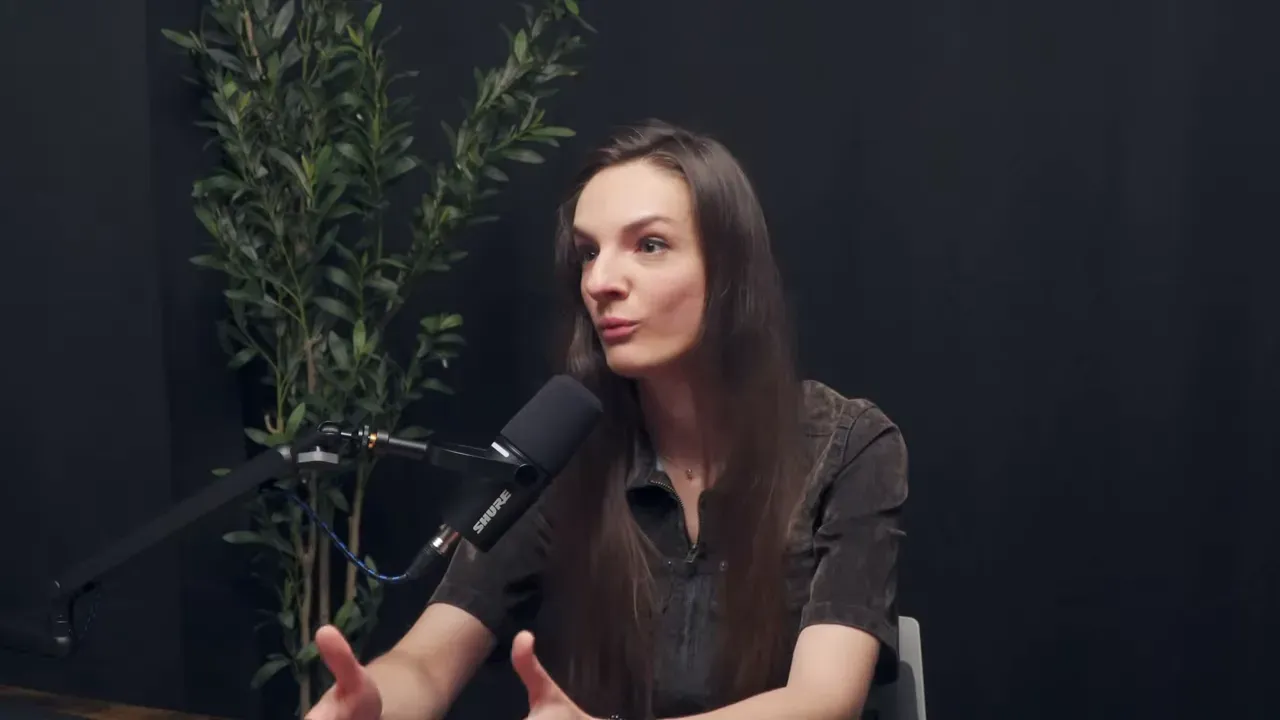
Her scientific focus narrowed to brain aging and neurodegeneration, while entrepreneurship led to PigPug Health — an AI neurofeedback platform that combines an EEG headset, interactive games, and a trainer/parent portal.
PigPug Health: a real‑time neurofeedback platform
- The system uses an EEG headset with dry electrodes and movable bands that can sample different brain areas.
- Children wear the headset while playing adaptive video games; the game changes in real time based on EEG signals to reinforce focus and attention.
- The goal is to offer non‑pharmacological support for attention regulation, reducing reliance on medication for some children.
Why the Frontal Lobe Matters for Attention
Hanna explains that neural signatures for focus and attention are most detectable in the frontal lobes. By designing feedback and rewards that respond to frontal EEG patterns, neurofeedback systems can help train attention networks in children with ADHD.
Neurotech, Mental Health, and Rising Demand
Mental health challenges are rising: Hanna referenced current estimates of roughly 2 million children diagnosed with autism and about 6 million with ADHD in the United States, noting the real prevalence may be higher. She connects this trend to digital overstimulation and environmental factors and sees growing demand for neurotech solutions across several domains:
- Neurofeedback and neurostimulation for ADHD, depression, and anxiety.
- Noninvasive treatments like transcranial magnetic stimulation (TMS), which can rapidly relieve depressive symptoms in some cases.
- Implantable brain‑computer interfaces (BCI) for speech, motor control, and sensory restoration.
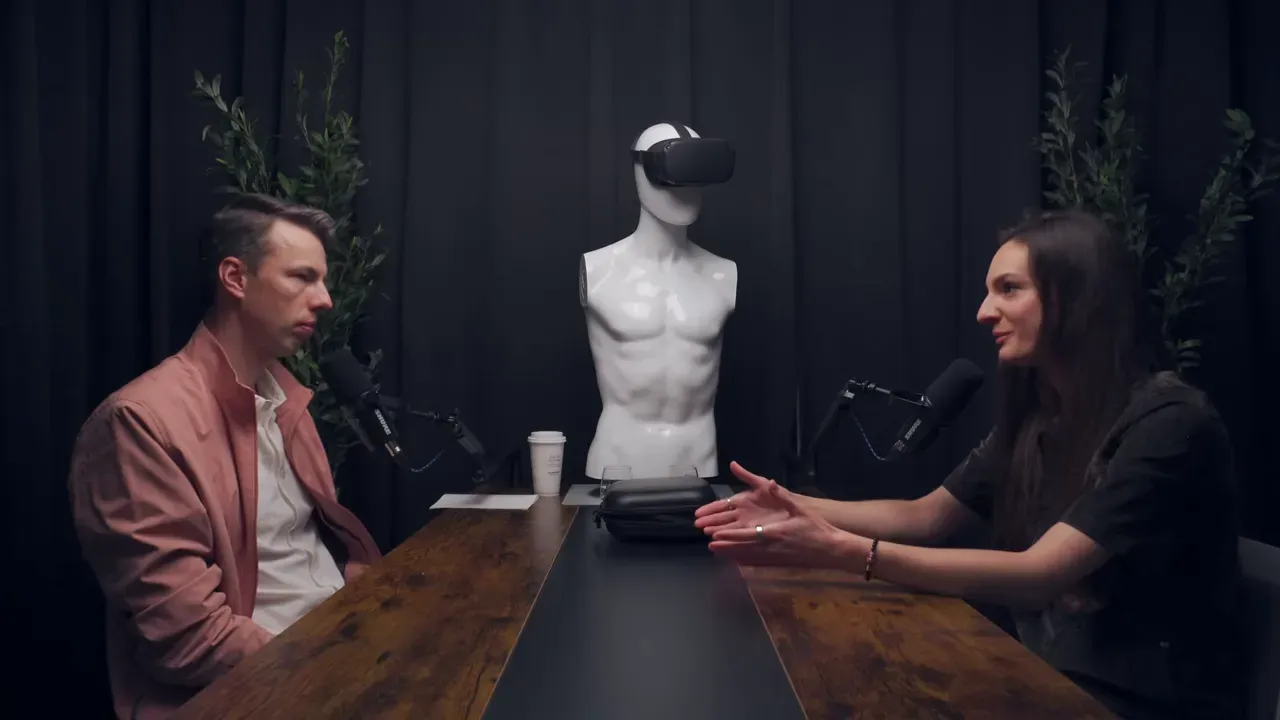
AI Meets the Brain: Speech Neuroprosthetics and Beyond
Hanna is a techno‑optimist. She highlighted a UC Davis demo of a speech neuroprosthetic for a person with ALS: a BCI decoded intended speech and, using AI trained on archived recordings, synthesized the patient’s voice so they could speak again. That combination — neural decoding + AI voice synthesis — is a powerful example of how neural interfaces can restore function.
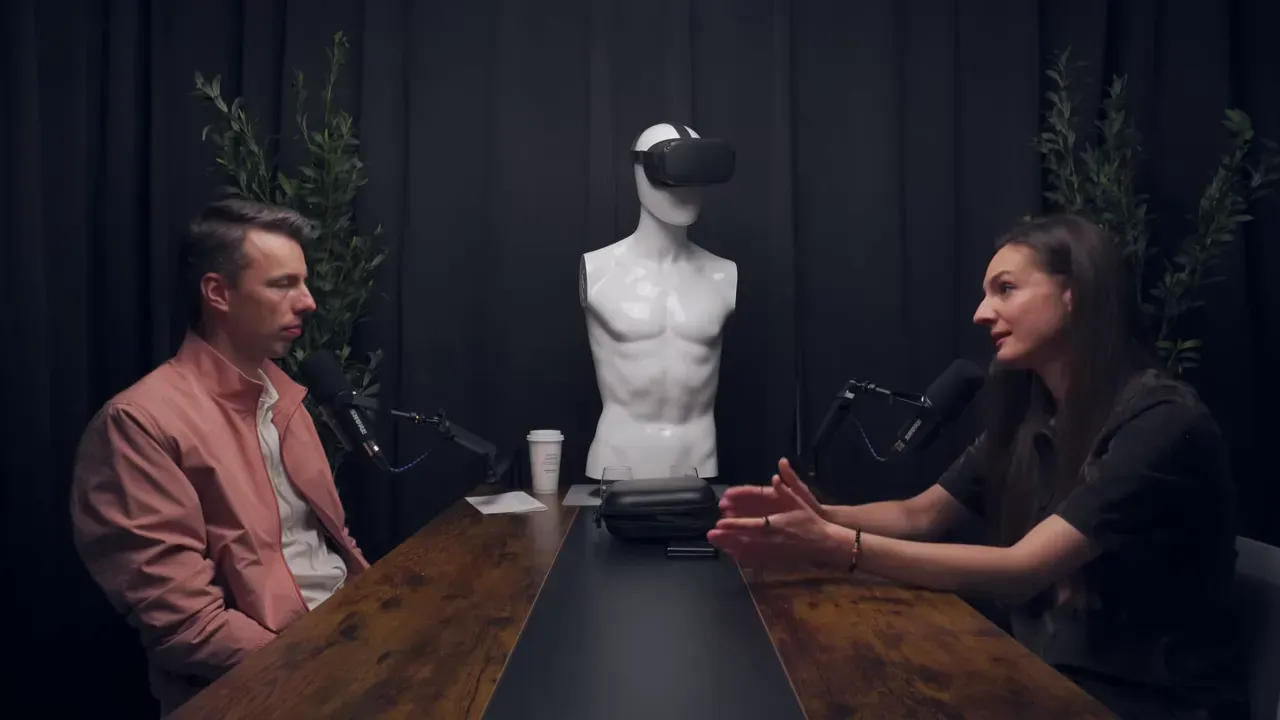
She noted implantable solutions are attracting significant investment: implantable BCIs are among the top categories raising large rounds, and the broader neurotech market—estimated at about $15 billion today—is projected to roughly double by 2029 with strong CAGR.
Restoring Vision, Movement, and Speech
Hanna pointed to early reports from companies exploring vision restoration and other sensory prosthetics. The potential is enormous: people who are blind, paralyzed, or mute could regain function through neural implants paired with AI decoding and stimulation.
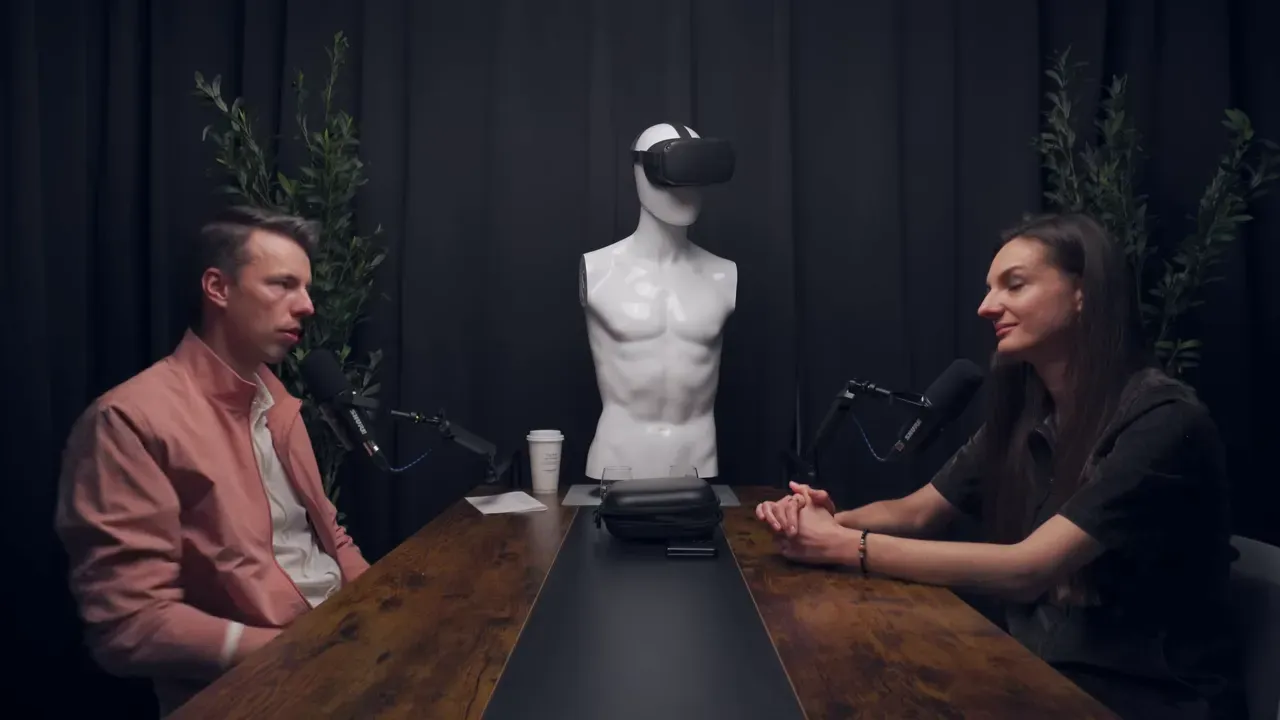
The Immigrant Experience: Loss, Resilience, and Networking
Arriving in the U.S. alone, Hanna faced practical challenges—basic routines, paying bills, finding healthy food, learning to navigate without a car—and emotional losses: leaving family, colleagues, patients, and a life she loved. She shared a vivid anecdote about walking into an unsafe neighborhood to find healthy groceries and loudly swearing in Russian on the way home—part humor, part cultural shock.
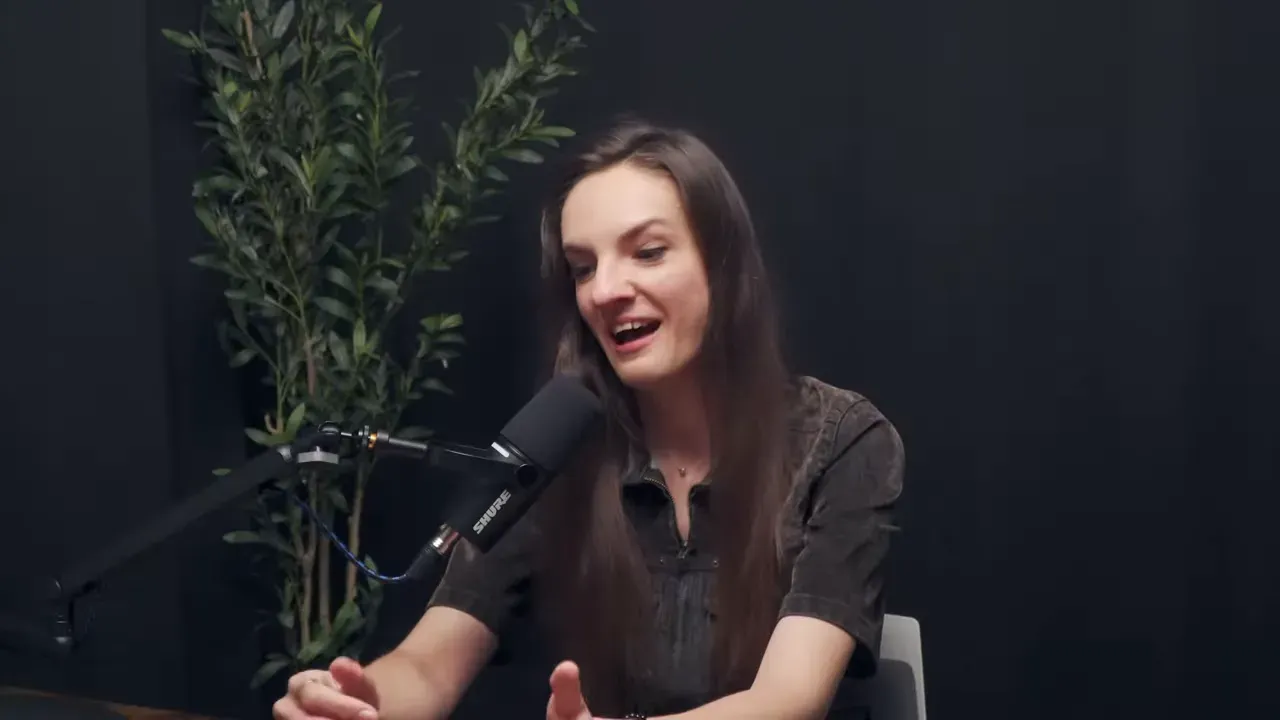
Her approach to integration was deliberate: despite being an introvert, she treated networking like a second full‑time job. Posting once in a local Facebook group led to coffee meetups that turned into close friendships. Hanna emphasizes the value of showing up and building warm connections: “opportunities come through people.”
Creativity and Community: Poetry, Open Mics, and Sisterhood
Hanna kept creative roots alive. She writes poetry, translates her own work from Russian to English for Bay Area open mics, and recommended regular poetry nights in San Francisco. An excerpt from one of her poems—“A Letter to the Pacific Ocean”—captures gratitude, calm, and the solace she finds at the shore.
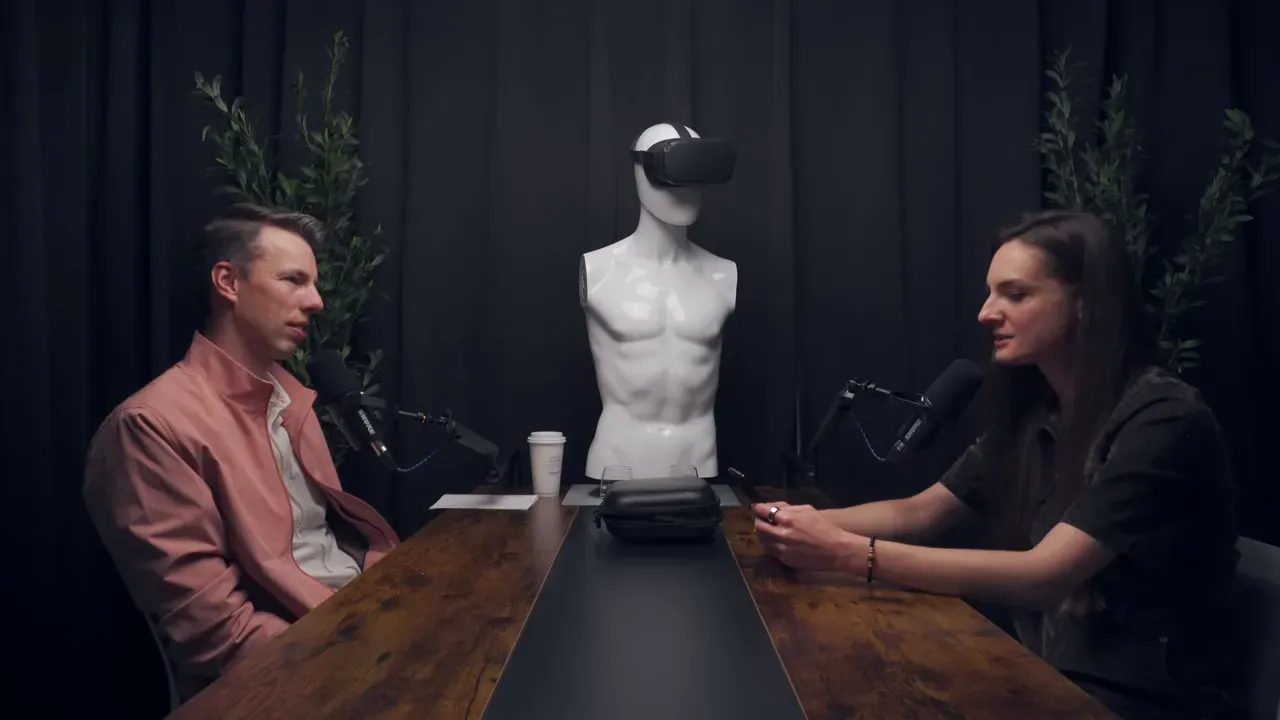
"I'm calm as can be in gratitude to the sound of your waves in blue... I'm strong and just like you, I'm free."
The Rubber Chicken: A Practical Metaphor for Not Letting Go
One memorable moment in the conversation was Hanna’s rubber chicken. Given at a mastermind session, the chicken became a personal talisman: when despair threatens, keep a grip on the chicken—don’t unclench. The coach’s exercise reframed responsibility and agency: you might be subject to forces you can’t control, but you can choose not to let go.
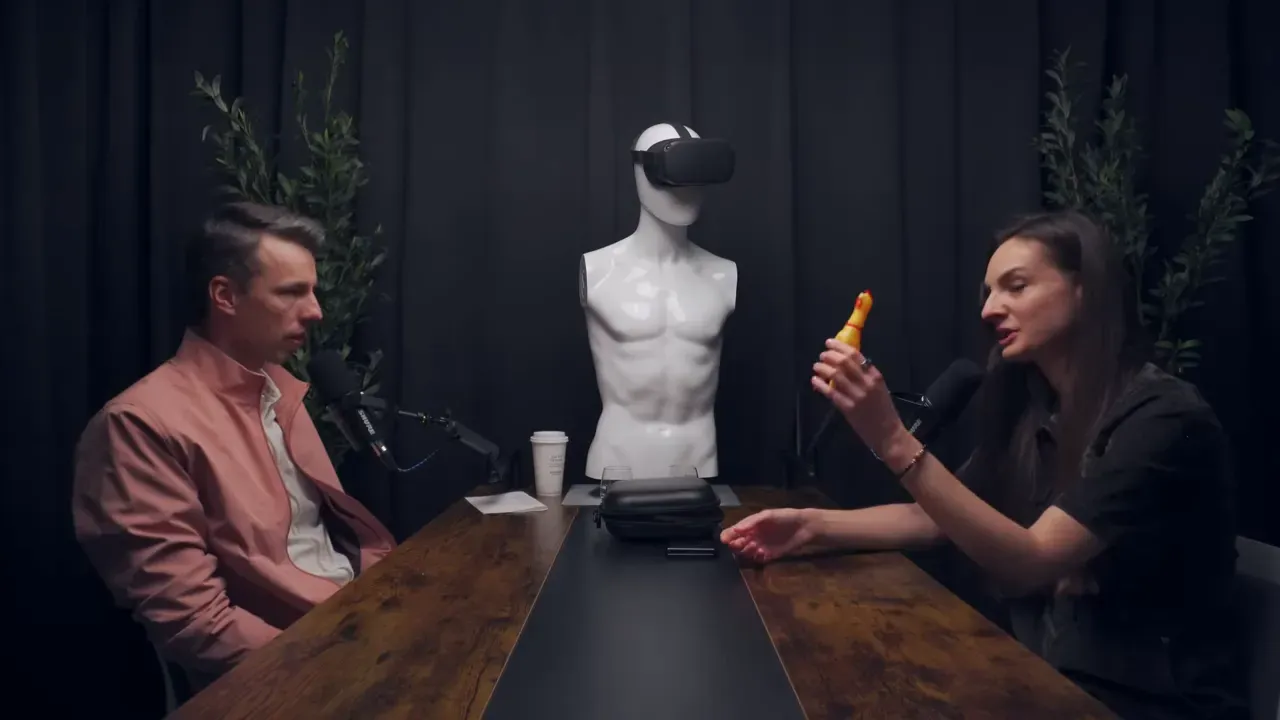
Advice, Trends, and a Forward Look
Hanna’s advice to her past self before moving countries is simple and clear: “Embrace the journey and trust the timing of your life. You are exactly where you’re meant to be.” She also quoted Melinda French Gates’ counsel to resist the idea that any past choice locks you into a single path—reinvention is possible.
On neurotech trends, Hanna sees continued rapid growth: strong investment into implantable devices, significant market expansion, and rising work on treatments for neurodegeneration, mental health, and cognitive enhancement. For clinicians who are immigrants, she noted the barriers to recredentialing in the U.S. but also emphasized alternative pathways: research, entrepreneurship, and product development.
How to Connect with PigPug Health and Hanna
Hanna is open to collaborations, conversations, and questions about neurofeedback, ADHD, and neurotech trends. Her startup is listed as PigPug Health (working prototypes are available; commercial devices and subscriptions are planned). She also maintains a professional profile for networking:
- PigPug Health: https://pigpug.co/
- LinkedIn: https://www.linkedin.com/in/neurannette/
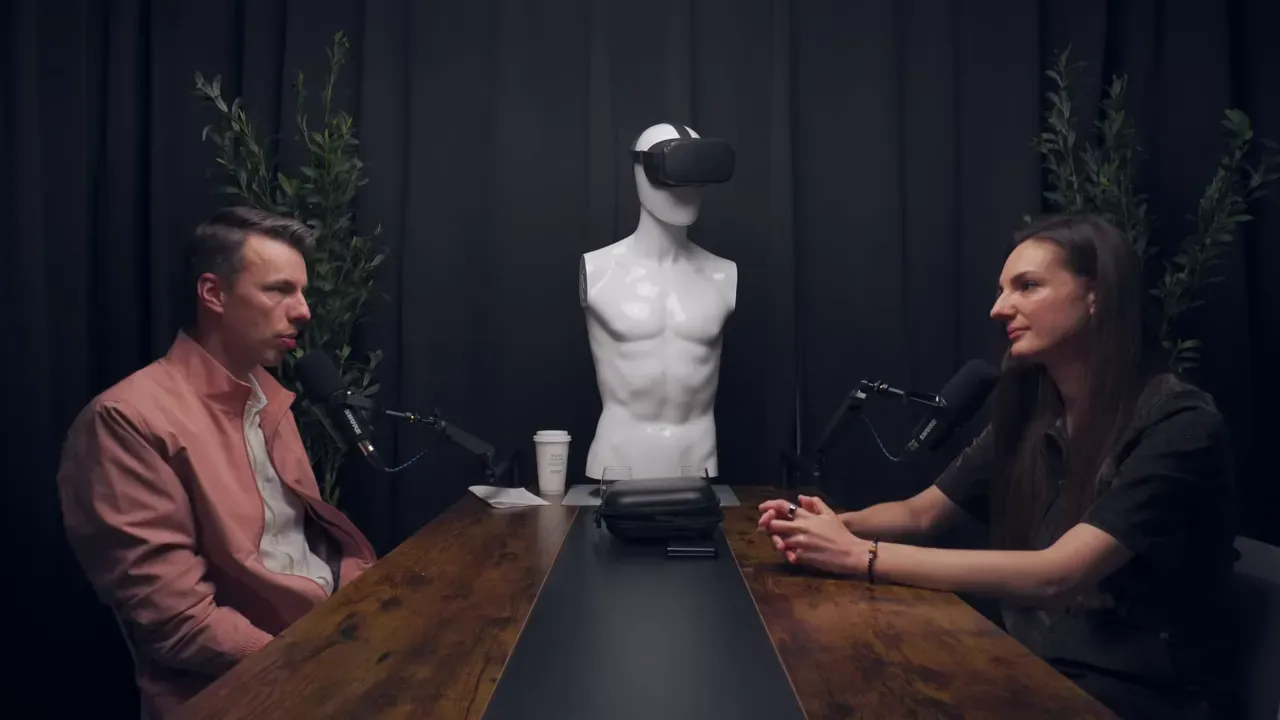
Conclusion
Dr. Hanna Aliashkevich’s journey is a study in adaptability: a surgeon who reinvented herself as a neuroscientist, entrepreneur, and poet after crossing continents. Her work sits at the pulse of modern neurotechnology—where AI, brain‑computer interfaces, and compassionate design meet to restore function and improve mental health. Her message is both practical and hopeful: show up, build relationships, embrace uncertainty, and never underestimate the brain’s capacity to change.
For those curious about neurofeedback, brain health, startup life in Silicon Valley, or the immigrant path into science and tech, Hanna’s story offers concrete insights and a reminder that radical reinvention is possible.


